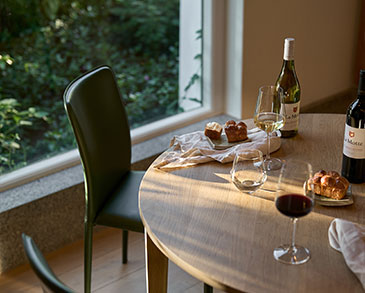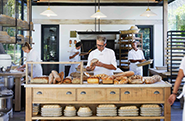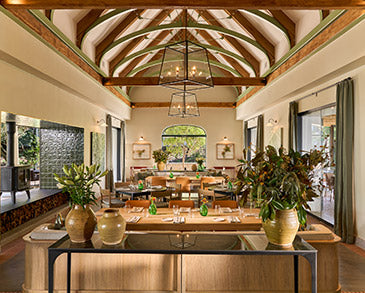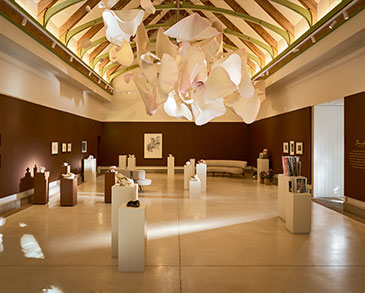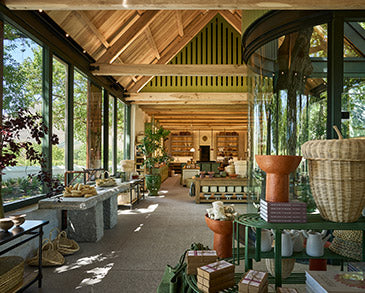
Releasing the 2013 vintage of its La Motte Chardonnay, the estate once again confirms the beauty of Chardonnay when made in an intricate and well-balanced style, while also reaffirming the Franschhoek Valley’s knack for this varietal.
The two Chardonnay vineyard blocks on La Motte are planted in Clovelly soil, in a North-South direction and lie 200 metres above sea-level. Planted in 1997, the vineyards are managed to maintain a perfect balance between leaf coverage and yield.
After harvesting, all bunches were whole-pressed and the juice received a reasonable measure of oxidative treatment. 70% of the clean juice was transferred to 300-litre French oak barrels (30% of which were new) where it was inoculated with yeast. Both fermentation and malolactic fermentation took place in the barrels. In order to maintain the elegance and poise for which La Motte Chardonnay is recognised internationally, one third of the juice was fermented in stainless steel tanks. The components were blended subsequent to maturation and bottled on the estate during May 2014. 3 680 cases (6 x 750 ml) were released as 2013 La Motte Chardonnay.
As a result of the extended lees contact and considered oak maturation, the wine offers intricate tropical and citrus fruit flavours combined with nuances of cashew nuts. Full-bodied and intense, the fresh natural acidity and portion of unoaked wine ensure balance and purity.
Celebrated as an excellent suitor to decadent seafood such as caviar, crayfish, prawns, langoustines, mussels and perlemoen (abalone), the 2013 La Motte Chardonnay is also charming company to snails, carpaccio and creamy cheese and egg-based dishes such as quiche and soufflé.
Enjoy the 2013 La Motte Chardonnay with this recipe for a rich oyster and marrow pie from the estate’s Cape Winelands Cuisine Cookbook (Page 55).
During Jan van Riebeeck’s time at the Cape, cooking with marrow as a replacement for butter, fat or oil wasn’t seen as the luxury it is today: in fact, it was a favoured ingredient. Serve these pies as a starter for a gourmet dinner, or make bite-sized pies and serve as canapés.
Oyster and marrow pie recipe
Makes: 12 – 15 small pies
Ingredients
1 Tbsp (15 ml) butter
1 onion, chopped
1 clove garlic, chopped
1 tsp (5 ml) smoked sweet paprika (optional)
Pinch of cayenne pepper
¼ tsp (1 ml) chopped fresh ginger
½ cup (125 ml) sherry
1 tsp (5 ml) fish sauce
½ cup (125 ml) currants
1 ½ cup (375 ml) shucked oysters, juice reserved
½ cup (125 ml) veal marrow (roasted, removed from bone and diced)
Zest of 1 lemon
1 cup (250 ml) fish stock
2 ½ tsp (12.5 ml) cornflour or potato flour
1 Tbsp (15 ml) chopped fresh parsley
600 g flaky pastry, rolled 4 mm thick and cut into 8 cm circles
1 egg, beaten with 1 tsp (5 ml) water, for brushing pastry
Method
Preheat the oven to 220 ˚C (425 ˚F).
Heat a frying pan, brown the butter and add the onion, garlic, spices and ginger and reduce the heat to low. Sweat until the onion is tender.
Add the white wine, sherry and fish sauce and cook until syrupy.
Add the currants, oysters and their juice, marrow, lemon zest and fish stock and bring to a boil. Reduce the heat to low and simmer for 5 minutes.
Mix the cornflour or potato flour with 1 tsp (5 ml) cold water, add to the saucepan and simmer for 5 minutes until thick. Leave to cook and then add the parsley.
Brush the surface of each pastry circle with the egg wash. Place two heaped tablespoons of filling in the centre, fold the pastry over and secure the edges with a pinch.
Brush with egg wash and bake for about 25 minutes until golden


